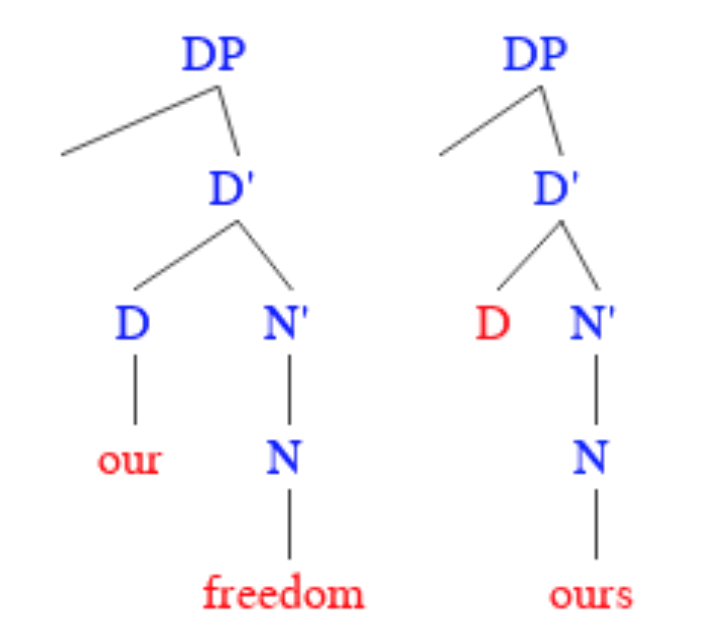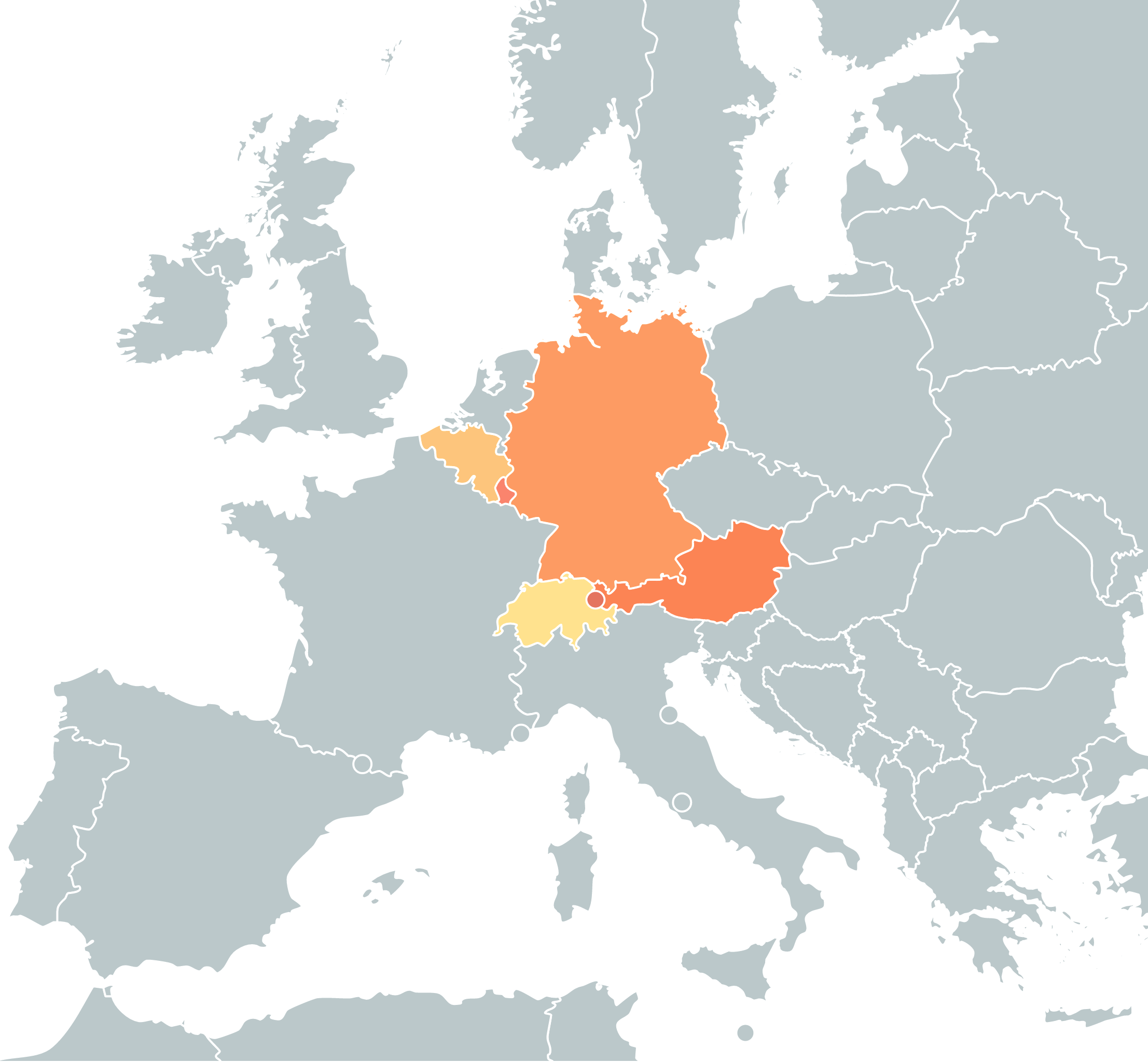|
Morpheme Studies
The order of acquisition is a concept in language acquisition describing the specific order in which all language learners acquire the grammatical features of their first language. This concept is based on the observation that all children acquire their first language in a fixed, universal order, regardless of the specific grammatical structure of the language they learn. Linguistic research has largely confirmed that this phenomenon is true for first-language learners; order of acquisition for second-language learners is much less consistent. It is not clear why the order differs for second-language learners, though current research suggests this variability may stem from first-language interference or general cognitive interference from nonlinguistic mental faculties. Research background Researchers have found a very consistent order in the acquisition of first-language structures by children, which has drawn interest from Second Language Acquisition (SLA) scholars. Considerabl ... [...More Info...] [...Related Items...] OR: [Wikipedia] [Google] [Baidu] |
Language Acquisition
Language acquisition is the process by which humans acquire the capacity to perceive and comprehend language (in other words, gain the ability to be aware of language and to understand it), as well as to produce and use words and sentences to communicate. Language acquisition involves structures, rules and representation. The capacity to use language successfully requires one to acquire a range of tools including phonology, morphology, syntax, semantics, and an extensive vocabulary. Language can be vocalized as in speech, or manual as in sign. Human language capacity is represented in the brain. Even though human language capacity is finite, one can say and understand an infinite number of sentences, which is based on a syntactic principle called recursion. Evidence suggests that every individual has three recursive mechanisms that allow sentences to go indeterminately. These three mechanisms are: ''relativization'', ''complementation'' and ''coordination''. There are tw ... [...More Info...] [...Related Items...] OR: [Wikipedia] [Google] [Baidu] |
First Language
A first language, native tongue, native language, mother tongue or L1 is the first language or dialect that a person has been exposed to from birth or within the critical period. In some countries, the term ''native language'' or ''mother tongue'' refers to the language or dialect of one's ethnic group rather than one's first language. The first language of a child is part of that child's personal, social and cultural identity. Another impact of the first language is that it brings about the reflection and learning of successful social patterns of acting and speaking. Research suggests that while a non-native speaker may develop fluency in a targeted language after about two years of immersion, it can take between five and seven years for that child to be on the same working level as their native speaking counterparts. On 17 November 1999, UNESCO designated 21 February as International Mother Language Day. Definitions One of the more widely accepted definitions of native ... [...More Info...] [...Related Items...] OR: [Wikipedia] [Google] [Baidu] |
Pronoun
In linguistics and grammar, a pronoun ( abbreviated ) is a word or a group of words that one may substitute for a noun or noun phrase. Pronouns have traditionally been regarded as one of the parts of speech, but some modern theorists would not consider them to form a single class, in view of the variety of functions they perform cross-linguistically. An example of a pronoun is "you", which can be either singular or plural. Subtypes include personal and possessive pronouns, reflexive and reciprocal pronouns, demonstrative pronouns, relative and interrogative pronouns, and indefinite pronouns. The use of pronouns often involves anaphora, where the meaning of the pronoun is dependent on an antecedent. For example, in the sentence ''That poor man looks as if he needs a new coat'', the meaning of the pronoun ''he'' is dependent on its antecedent, ''that poor man''. The name of the adjective that belongs with a "pronoun" is called a "pronominal". A pronominal is also a word o ... [...More Info...] [...Related Items...] OR: [Wikipedia] [Google] [Baidu] |
Indo-European Languages
The Indo-European languages are a language family native to the overwhelming majority of Europe, the Iranian plateau, and the northern Indian subcontinent. Some European languages of this family, English, French, Portuguese, Russian, Dutch, and Spanish, have expanded through colonialism in the modern period and are now spoken across several continents. The Indo-European family is divided into several branches or sub-families, of which there are eight groups with languages still alive today: Albanian, Armenian, Balto-Slavic, Celtic, Germanic, Hellenic, Indo-Iranian, and Italic; and another nine subdivisions that are now extinct. Today, the individual Indo-European languages with the most native speakers are English, Hindi–Urdu, Spanish, Bengali, French, Russian, Portuguese, German, and Punjabi, each with over 100 million native speakers; many others are small and in danger of extinction. In total, 46% of the world's population (3.2 billion people) speaks ... [...More Info...] [...Related Items...] OR: [Wikipedia] [Google] [Baidu] |
Inference
Inferences are steps in reasoning, moving from premises to logical consequences; etymologically, the word '' infer'' means to "carry forward". Inference is theoretically traditionally divided into deduction and induction, a distinction that in Europe dates at least to Aristotle (300s BCE). Deduction is inference deriving logical conclusions from premises known or assumed to be true, with the laws of valid inference being studied in logic. Induction is inference from particular evidence to a universal conclusion. A third type of inference is sometimes distinguished, notably by Charles Sanders Peirce, contradistinguishing abduction from induction. Various fields study how inference is done in practice. Human inference (i.e. how humans draw conclusions) is traditionally studied within the fields of logic, argumentation studies, and cognitive psychology; artificial intelligence researchers develop automated inference systems to emulate human inference. Statistical infer ... [...More Info...] [...Related Items...] OR: [Wikipedia] [Google] [Baidu] |
Word Order
In linguistics, word order (also known as linear order) is the order of the syntactic constituents of a language. Word order typology studies it from a cross-linguistic perspective, and examines how different languages employ different orders. Correlations between orders found in different syntactic sub-domains are also of interest. The primary word orders that are of interest are * the ''constituent order'' of a clause, namely the relative order of subject, object, and verb; * the order of modifiers (adjectives, numerals, demonstratives, possessives, and adjuncts) in a noun phrase; * the order of adverbials. Some languages use relatively fixed word order, often relying on the order of constituents to convey grammatical information. Other languages—often those that convey grammatical information through inflection—allow more flexible word order, which can be used to encode pragmatic information, such as topicalisation or focus. However, even languages with flexible wor ... [...More Info...] [...Related Items...] OR: [Wikipedia] [Google] [Baidu] |
German Language
German ( ) is a West Germanic language mainly spoken in Central Europe. It is the most widely spoken and official or co-official language in Germany, Austria, Switzerland, Liechtenstein, and the Italian province of South Tyrol. It is also a co-official language of Luxembourg and Belgium, as well as a national language in Namibia. Outside Germany, it is also spoken by German communities in France ( Bas-Rhin), Czech Republic (North Bohemia), Poland ( Upper Silesia), Slovakia (Bratislava Region), and Hungary ( Sopron). German is most similar to other languages within the West Germanic language branch, including Afrikaans, Dutch, English, the Frisian languages, Low German, Luxembourgish, Scots, and Yiddish. It also contains close similarities in vocabulary to some languages in the North Germanic group, such as Danish, Norwegian, and Swedish. German is the second most widely spoken Germanic language after English, which is also a West Germanic language. German ... [...More Info...] [...Related Items...] OR: [Wikipedia] [Google] [Baidu] |



